For construction activities to be effective and economical, there must be legal synchronization and application of scientific and technological achievements. To better understand this issue, Kinh te & Do thi reporter had an interview with Dr. Hoang Anh Tuan - Director of the Department of Construction Management ( Ministry of Construction ).
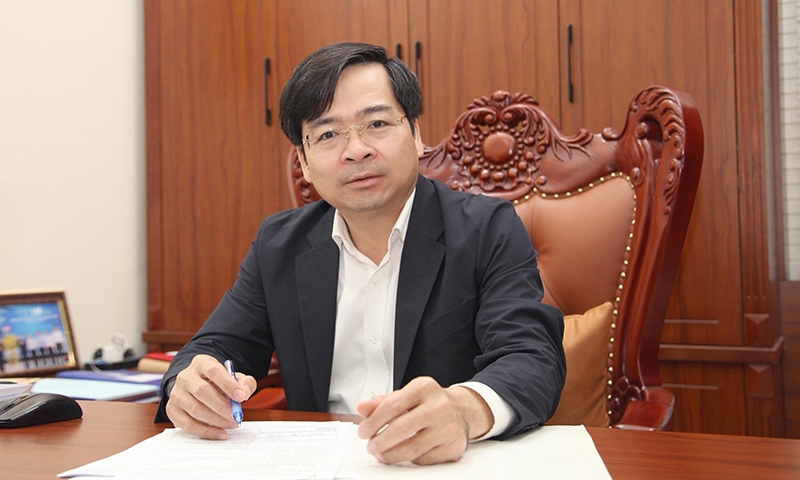
Sir, how do you evaluate the importance of construction activities to the socio- economic development process?
- Construction investment activities are an important field, creating momentum and fixed assets for the country's economic development and infrastructure for the people. In 2024, overcoming many difficulties, total construction investment is estimated to reach about 27.5% of GDP, in which the bright spot is public investment leading total demand, especially infrastructure construction investment estimated at 10%; construction investment using FDI capital is estimated at 14.8%.
However, in addition to the positive aspects, the construction investment sector is facing many difficulties, especially the stagnant private sector investment. Through the summary assessment of law enforcement in 2024, the Department of Construction Management found that there are still problems that need to be promptly resolved and rectified to promote construction investment, contributing to supporting economic recovery and development.
What are the problems and difficulties that you want to mention here?
- The biggest problem is the legal overlap. Currently, construction investment activities are regulated by many laws (Law on Planning, Law on Urban Planning, Law on Investment, Law on Public Investment, Law on State Budget, Law on Construction, Law on Environmental Protection, Law on Fire Prevention and Fighting, Law on Housing...), some contents do not ensure systematic and synchronous; construction investment projects often go through a long period of time, the law is adjusted, the transition through periods causes many difficulties in application at the present time.
The process of conflicting laws and unclear regulations is considered a barrier, the main cause of many difficulties in law enforcement in general and construction investment activities in particular. This leads to some cases where officials have to delay, prolong the time to seek opinions or refuse to resolve some investment procedures, although these cases ensure full scientific and practical basis, leading to the slow down of planning, organization and implementation of construction investment.

Second, some regulations in the law on urban planning and construction planning are still inadequate, such as: regulations on underground works in planning levels; the organization of establishment, approval and adjustment of general urban planning, zoning planning and detailed planning is still slow, leading to lack of basis for determining construction investment projects or lack of content (such as determining the scale of underground works in zoning planning), or not ensuring compliance principles between levels of planning projects... leading to some projects having to stop waiting for planning adjustments or supplements.
Third, the investment preparation time is prolonged due to the need to carry out appraisal, approval, and licensing at the State management agency. In addition, updating new regulations, norms, and standards of the investor agencies, project management boards, and design consultants is also an issue that slows down the investment preparation process. In addition, the application of technology in project establishment, appraisal, management, and construction is still weak on the part of investors, contractors, and State management agencies.
Fourth, the licensing of construction of multi-storey, multi-apartment housing in some localities is still confusing in control and management; there is a situation of taking advantage to legalize this type of housing, leading to loss of control and failure to ensure safety, typically the recent apartment fire on Khuong Ha Street (Thanh Xuan District, Hanoi).
Fifth, there is still a lack of synchronization in project investment, causing overload of technical and social infrastructure. Even investment projects are partially unfinished but cannot be put into use, causing a huge waste of social resources...
So what is the solution to solve the above problems, sir?
- The following years are forecasted to have both advantages and difficulties. To achieve the set goals, it is necessary to continue focusing on the core tasks including: Resolving legal conflicts and creating a transparent investment environment, which are identified as important tasks. In the past, we often used the prescription of "one Law amending many Laws" which is necessary but short-term, does not completely solve the problem and in the long run, this approach affects the systematicity and uniformity of each law.
Instead of this approach, it is necessary to thoroughly understand, control and unify the way of building laws and understand the provisions in each law only within the scope and subject of that law. In case of conflicts between provisions, priority should be given to applying specialized laws instead of prioritizing laws that take effect later as prescribed in the current Law on Promulgation of Legal Documents.
At the same time, it is necessary to study, adjust and supplement a number of legal regulations on construction planning, urban planning, project establishment basis, and construction permit issuance for technical infrastructure construction investment projects; clarify the content and planning indicators according to each planning level... For the Provincial People's Committee, it is necessary to focus on reviewing, updating and adjusting planning to ensure complete information, unifying the principles of compliance and synchronization between the levels of planning projects.
Along with that, it is necessary to continue researching, adjusting and supplementing a number of legal regulations on construction investment in the direction of continuing to review administrative procedures that are not really necessary to be implemented in pre-inspection to transfer to post-inspection or eliminate duplication in project implementation steps. Clarify the content of construction expertise agencies in conjunction with the State's management goals; decentralize authority in conjunction with the responsibility of the investment decision maker, investor and professional responsibility of the consulting organization.
Review, adjust and supplement regulations on management of construction capacity to screen and classify individuals practicing construction, consulting units and construction contractors with the right capacity to improve the quality of project documents, designs and construction quality. Review regulations to overcome the lack of synchronous project investment, causing overload of technical infrastructure, social infrastructure and waste of investment resources. Continue to decentralize some types and levels of works/projects to the Department of specialized construction management at the local level to ensure synchronous management levels according to each step of project implementation at the central and local levels.
It is necessary to pay attention to the management and direction of strict implementation of the work of granting Construction Permits, managing construction works according to permits, especially the work of reviewing fire prevention and fighting requirements; only grant business licenses when the project ensures strict compliance with the provisions of the law on fire prevention and fighting and related laws.
In addition, it is also necessary to research and develop regulations, management processes, facilities and software to ensure the roadmap for applying the Building Information Modeling (BIM) process in receiving documents, project appraisal and design to shorten time, minimize conflicts, save costs and increase construction investment efficiency.
Thank you very much!
Source: https://kinhtedothi.vn/bai-4-lam-gi-de-hoat-dong-xay-dung-duoc-hieu-qua-tiet-kiem.html














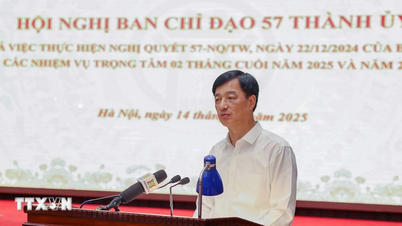






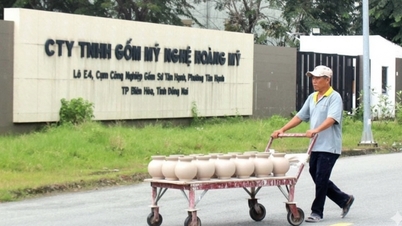

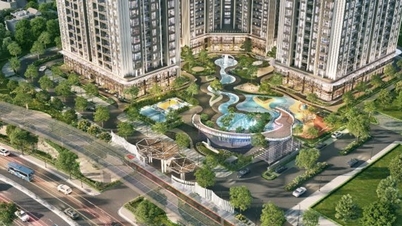


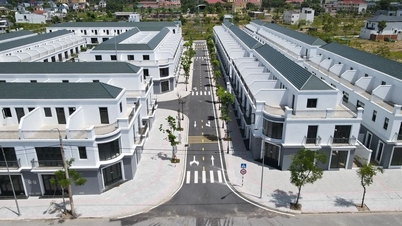




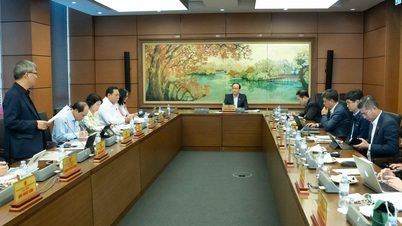
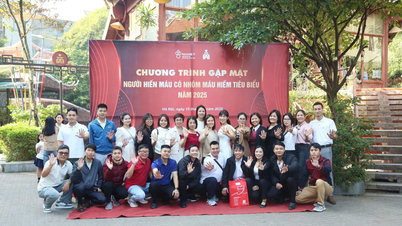
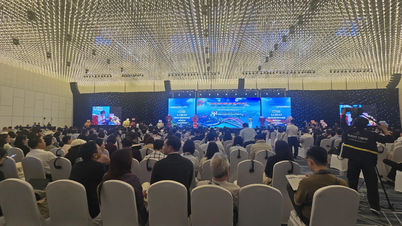





![[Photo] General Secretary To Lam and National Assembly Chairman Tran Thanh Man attend the 80th Anniversary of the Traditional Day of the Vietnamese Inspection Sector](https://vphoto.vietnam.vn/thumb/1200x675/vietnam/resource/IMAGE/2025/11/17/1763356362984_a2-bnd-7940-3561-jpg.webp)













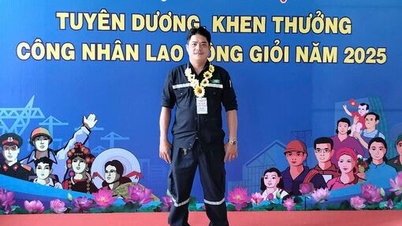

























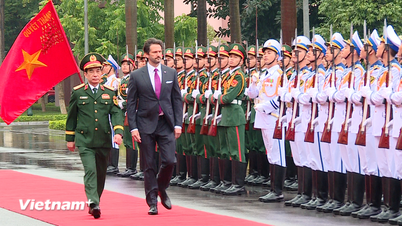





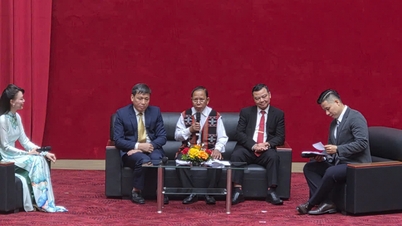









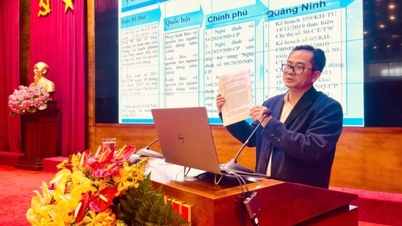













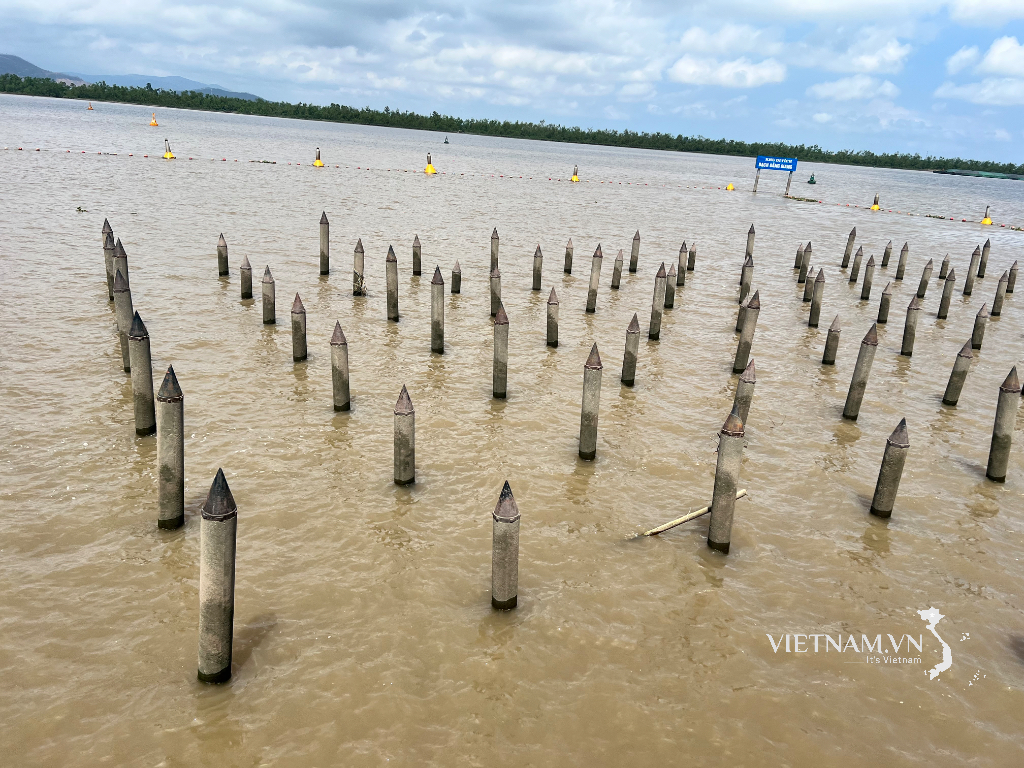


Comment (0)